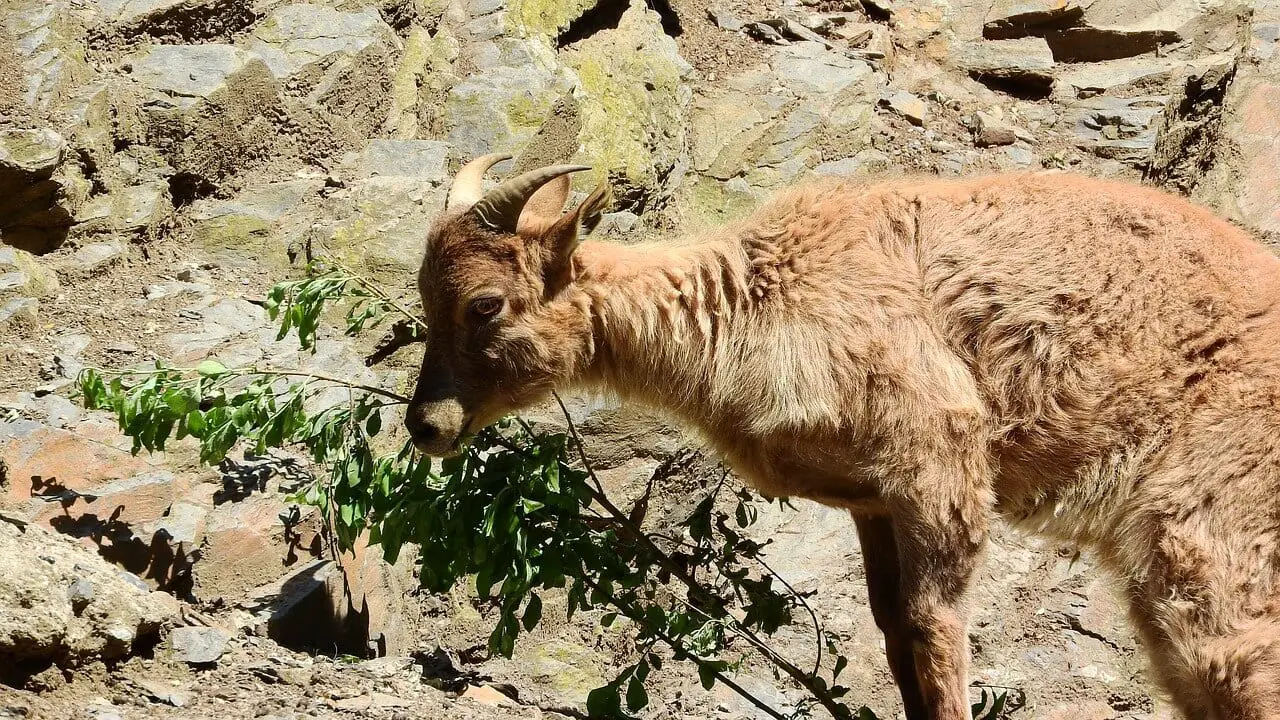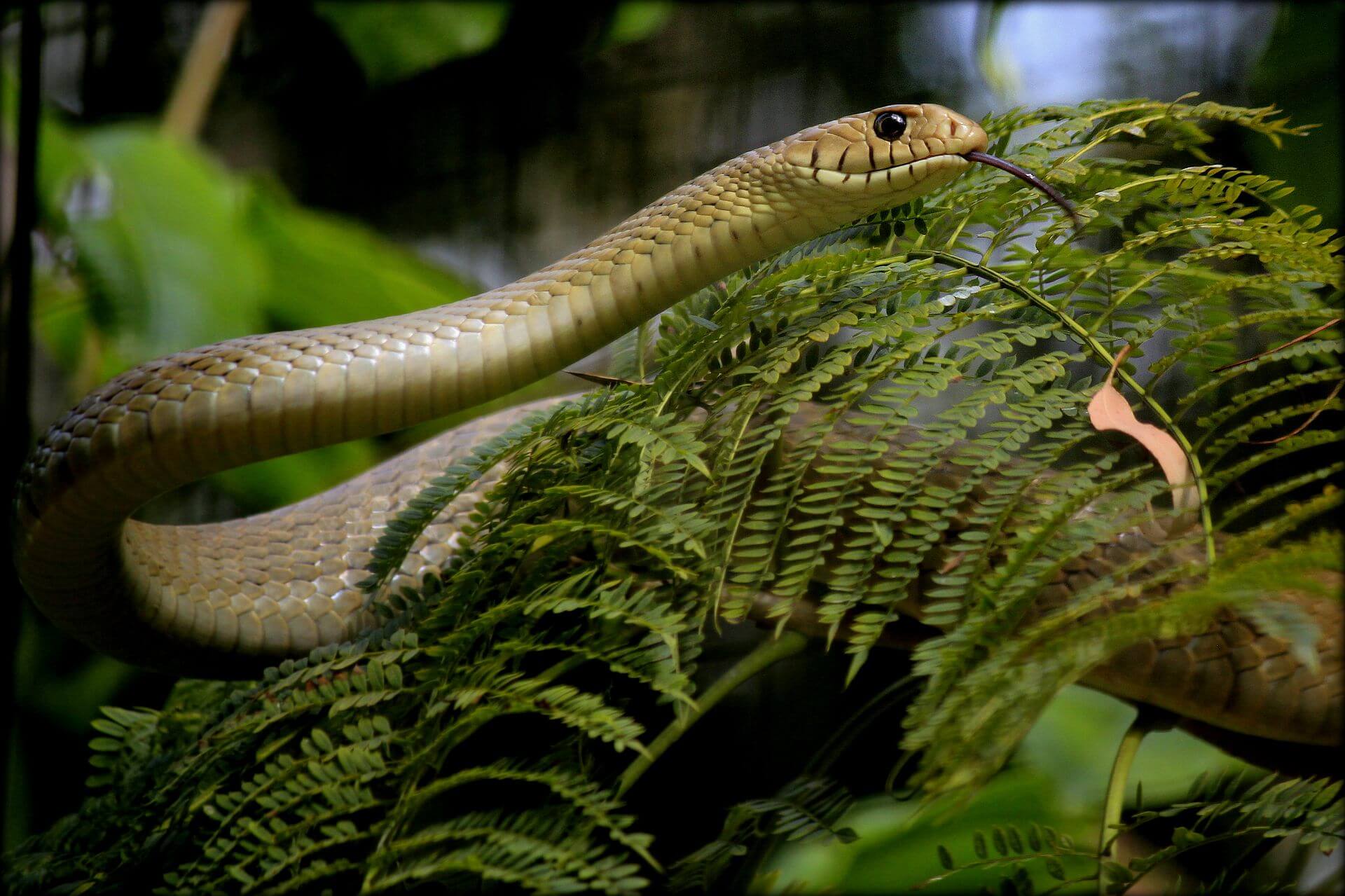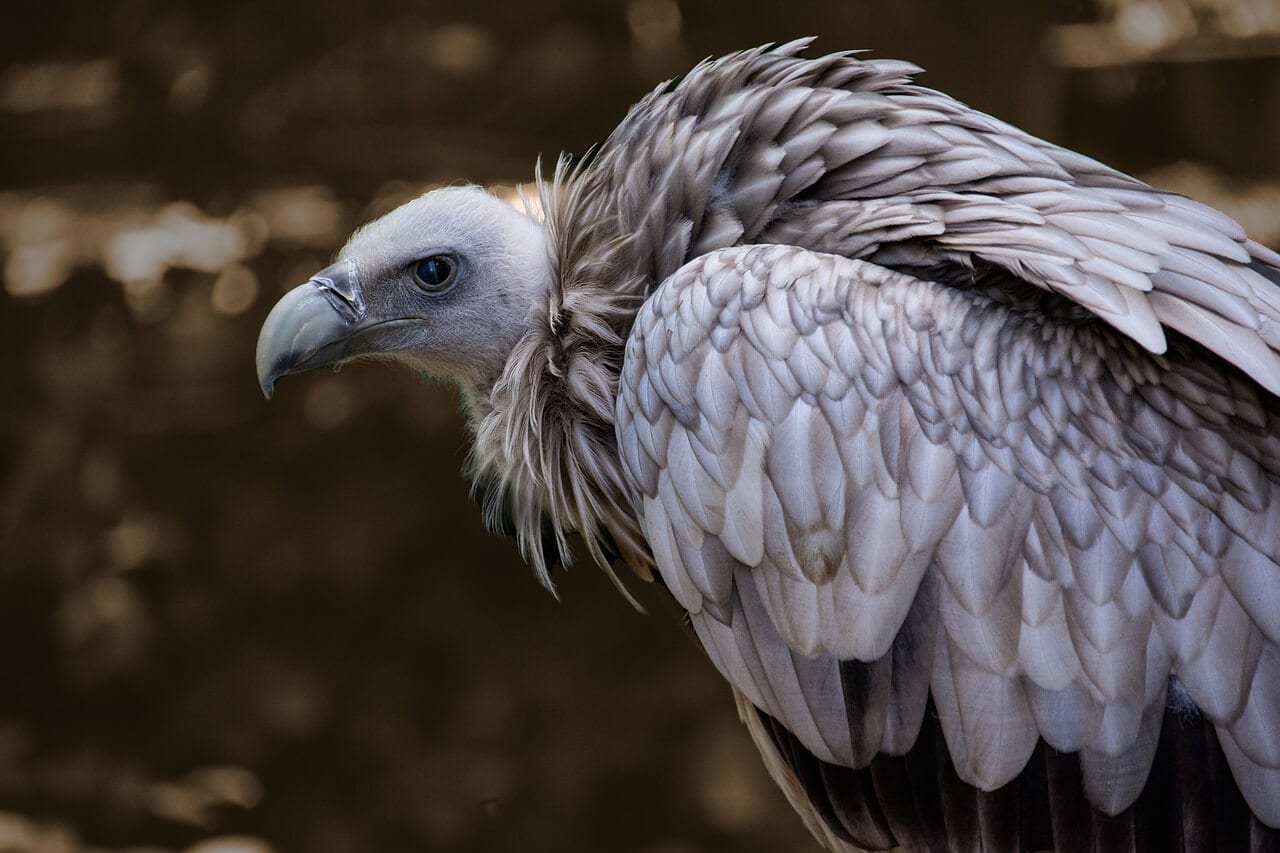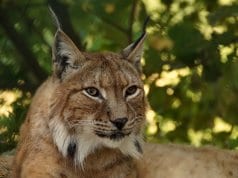Located in the Kullu Region of northern India, Great Himalayan National Park is a large protected region, which sits at the confluence of the oriental and palearctic faunal regions. This means that you can find an amazingly diverse collection of species living in the park. Biologists have catalogued 375 species in total, but others will surely be added as more are discovered over time.
We’ll point out some of the park’s most iconic species below and share some tips for seeing as many as possible. This should help make your Great Himalayan National Park adventure one to remember.
Mammals of the Mountains
More than 30 different mammal species live within Great Himalayan National Park.
Several of the mammals dwelling within Great Himalayan National Park are quite rare. The most famous of which is likely the snow leopard. Scientists suspect that there are likely fewer than 10,000 adult snow leopards remaining in the wild, and their populations are feared to be declining. The Himalayan brown bear is also quite rare. Scientists suspect that this species has been the mistaken for Yeti throughout history.

Other mammals in the park are a little more common. The blue sheep, for example, is categorized as a species of least concern by the IUCN Redlist of Threatened Species. Reaching up to 150 pounds or more in weight, blue sheep are herbivores who are comfortable living amid the rocky hillsides of the region. Himalayan tahrs also inhabit the park. These wild goats often inhabit very rocky terrain, like the park’s blue sheep. Also like the sheep, they primarily feed on grasses and other plants.
Bird Life of Great Himalayan National Park
Birds represent the most speciose group of vertebrates in the park, with more than 180 documented species.
Of all the animals you’ll have the chance to see during your Great Himalayan Park visit, the birds will usually be the most numerous. There are an array of different species present in the park, and most secure their food in different ways.

For example, the crested kingfisher lives near rivers, streams and ponds. It perches in overhanging trees until it sees a fish swimming in shallow water. Then, it’ll dive beak-first into the water to spear its prey. The blue whistling thrush, by contrast, collects most of its food on the ground. It primarily consumes small invertebrates, but fruit also represent a large portion of their diet.
Birds of prey also dwell within the park. The golden eagle is among the largest and most formidable avian predators in the park. It primarily feeds on medium-sized mammals, but it may take reptiles and other prey from time to time. The Himalayan vulture likely reaches larger sizes at times, but they subsist almost entirely on dead prey.
Reptiles of the Park
Lizards and snakes fill important ecological niches in Great Himalayan National Park.
Most of the lizards in Great Himalayan National Park are relatively small. Two of the most commonly seen species include the Himalayan ground skink and the Kashmir rock gecko. Both species subsist on small insects, spiders and other invertebrates.

One of the region’s most common snakes – the Indian rat snake – likely feeds heavily on these lizards, at least while they’re young. Adult Indian rat snakes primarily prey on birds and rodents.
Eastern keelbacks also inhabit the park. Although unlike the Indian rat snakes, who frequent the trees, the keelbacks tend to prefer riparian habitats. They’re rarely found far from water. The Himalayan pit viper is the most common venomous snake in the park. These relatively small pit vipers are generally not aggressive, but they’re still deserving of respect.
Wildlife Viewing Tips
Making the most of your trip to Great Himalayan National Park.
If you travel all the way to the lower Himalayas, you’ll certainly want to make the most of the visit and see as many animals as possible. Wildlife sightings are obviously never guaranteed when visiting any park, but by embracing the tips detailed below, you can improve your chances greatly.
- Leverage the knowledge of the park staff. Even if you read everything you can about the wildlife of Great Himalayan National Park before you visit, you can’t possibly learn as much as the staff already knows about the behavioral patterns of the park’s animals. So, talk to as many staff members as possible and solicit the wildlife-viewing tips they can offer.
- Bring a high-quality pair of binoculars. Many of the animals in Great Himalayan National Park try to keep their distance from humans. This is particularly true of some of the largest mammals in the park. But if you bring a good pair of binoculars, you’ll often be able to spot these animals with relative ease. Just be sure to have your binoculars at the ready, so you can take advantage of chance encounters.
- Time your trip carefully. You may want to time your trip to help you enjoy seasonal events. For example, the blue sheep typically rut between November and January. It isn’t always easy to spot the battling males, but those who are successful will get to enjoy a once-in-a-lifetime spectacle.

Share Your Experiences!
Great Himalayan National Park is a fantastic place to see a variety of incredible wildlife species. Anyone traveling through northern India should take the opportunity to visit this unique ecological treasure. Even if you aren’t planning to visit this particular part of Asia, it’s well worth the effort to check out this park.
Have you ever visited Great Himalayan National Park? We’d love to hear about your experiences. Tell us what you liked most about the park and which animals you had the chance to see during your visit. Be sure to share any tips you gleamed during your visit as well. Your experiences may inspire other readers to see the park first-hand.






![Red Angus Closeup of a beautiful Red Angus cowPhoto by: U.S. Department of Agriculture [pubic domain]https://creativecommons.org/licenses/by/2.0/](https://animals.net/wp-content/uploads/2020/03/Red-Angus-4-100x75.jpg)

